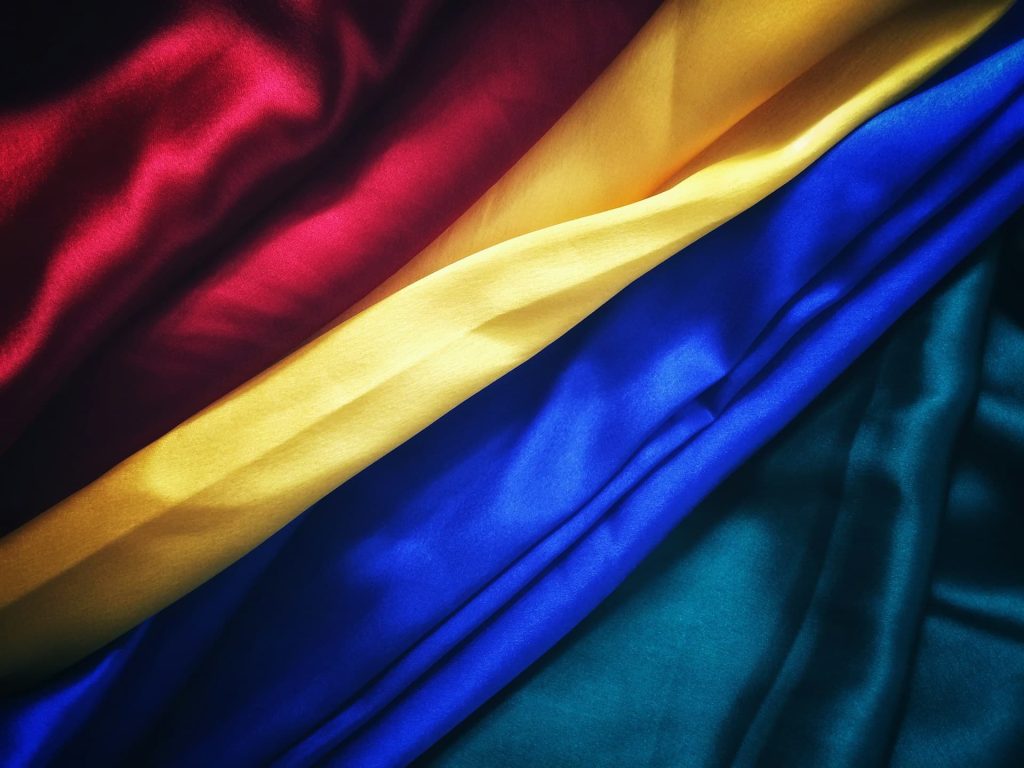
Renaissance fashion is a blend of opulence, intricate designs, and historical significance. From the late 14th century to the early 17th century, the Renaissance era gave rise to one of the most visually captivating periods in history. Whether you’re preparing for a Renaissance fair, a costume party, or simply enjoy exploring historical fashion, styling a Renaissance outfit can be a fun and rewarding experience. In this guide, we’ll help you piece together a stunning Renaissance look that’s both authentic and stylish, while offering tips on how to adapt it to your personal style.
Key Features of Renaissance Clothing
- Rich Fabrics: Velvet, satin, and brocade were common among the upper classes, while wool and linen were favoured by lower social strata.
- Detailed Embellishments: Embroidered patterns, lace trims, and decorative buttons were popular, particularly for the wealthy.
- Layering: Clothing often involved multiple layers, from underskirts to outer garments, helping to create a structured, elegant silhouette
- Understanding these aspects will help guide your choices when creating your outfit.
Essential Pieces for a Renaissance Outfit
Creating an authentic Renaissance look requires knowing the key garments and how to assemble them. Here’s what you’ll need:

For Women:
Gowns and Dresses: A flowing gown is quintessential to the Renaissance look. Choose one with a fitted bodice and full skirt for an authentic silhouette. Wealthy women often wore a beautiful renaissance dress with high collars and long sleeves, while simpler gowns were common for lower classes.
Chemises and Underlayers: Under the gown, women wore chemises, simple loose-fitting garments made of linen or cotton. These were crucial for comfort and modesty.
Corsets and Bodices: To achieve the structured, hourglass shape, a corset or a fitted bodice was a must. These could be made from stiff fabrics like brocade or even leather.
Sleeves and Trimmings: Detachable sleeves were common in Renaissance fashion, and they were often ornate, made from luxurious fabrics and decorated with lace or ribbons.
For Men:
Doublets and Tunics: Men typically wore doublets, which were fitted jackets, often with padding to create a sculpted shape. Tunics were simpler versions, extending down to the knees.
Bringing the Look Together: Colour and Design Choices
The colours and designs you choose for your Renaissance outfit can dramatically affect its authenticity. During the Renaissance, certain colours were associated with specific social classes.

- Colours: Red, gold, and deep blues were common among the nobility, while muted greens, browns, and grays were worn by peasants. Rich, jewel-toned fabrics like emerald, ruby, and sapphire were favoured by the elite.
- Patterns and Motifs: Look for floral motifs, intricate lace, or even heraldic symbols. These were often embroidered into the fabrics for extra decoration.
- Creating Cohesion: When putting together your outfit, ensure that the colours complement each other. Try sticking to a colour palette that suits your persona, whether it’s the bold, rich hues of a noble or the simpler, earthier tones of a commoner.
Tips for Modern Adaptation
While wearing a full Renaissance outfit is a fun and unique experience, sometimes it’s not practical for everyday life. Here are some tips for incorporating elements of Renaissance fashion into modern wardrobes:

- Modernizing Your Look: Opt for Renaissance-inspired dresses or tunics paired with modern accessories, like a sleek belt or contemporary boots.
- Comfort and Practicality: Consider lighter fabrics and simplified designs that make the outfit easier to wear for extended periods.
- Subtle Details: For a more casual modern look, include smaller details like a brooch, a lace-up corset, or a velvet jacket, which nod to Renaissance styles without being too formal.
What is the Difference Between a Bodice and Corset?
Are you trying to choose an outfit for the Renaissance fair and can’t quite decide what you like the most? Indeed, fantasy clothing stores are offering so many choices that you have to think carefully about the presentation and what style you want to take on. It’s not just about the fabrics you’re wearing and the colors. You’ve also got to think about elements like wearing a corset or bodice design. Are you confused about what the difference is between a bodice and a corset? This is a very common question and one you want to get to the bottom of before selecting your costume. So, let’s take a look at what you need to know.

The Purpose
The reasons why women wear a bodice or corset vary. Indeed, this is the biggest difference between this item of clothing. First, you have a bodice, which is designed to offer coverage and some support. So, they can feel comfortable to wear and complement the body you have. With a corset, things are slightly different. They’re designed to cinch the waist and lift the bust. So, they were originally worn to improve the body and highlight certain features.
The Materials
You’ll find that the materials used to create a bodice and corset vary. Indeed, this is due to the purpose that these items of clothing have. The bodice will be constructed from softer materials, which are often flexible. For example, this could include cotton or silk. You’ll find that they’re more comfortable to wear, which can include being softer and more lightweight. Then, you have a corset. Instead, they’re made from sturdy materials that are rigid. After all, it’s trying to change the appearance of the body. You can also find that there’s lacing, which allows you to tighten the design.
Conclusion

Styling a Renaissance outfit is about embracing the grandeur, beauty, and intricacy of the era. From understanding the key garments and fabrics to perfecting your accessories and colour choices, creating a Renaissance look is an exciting way to celebrate history. Whether you’re attending a Renaissance fair or simply love






